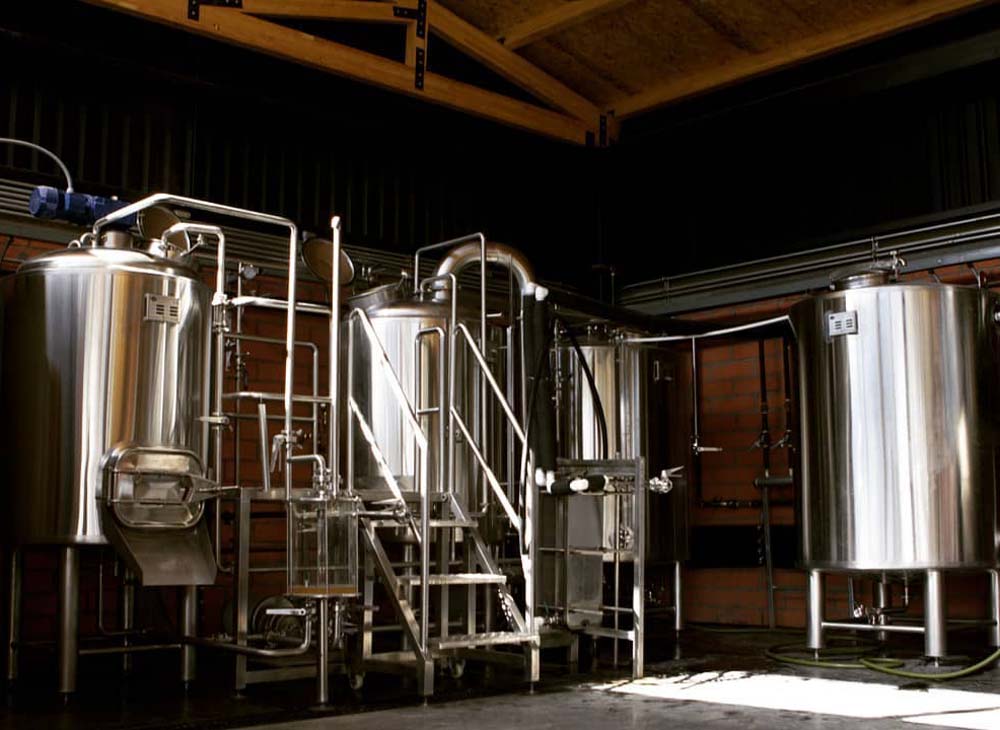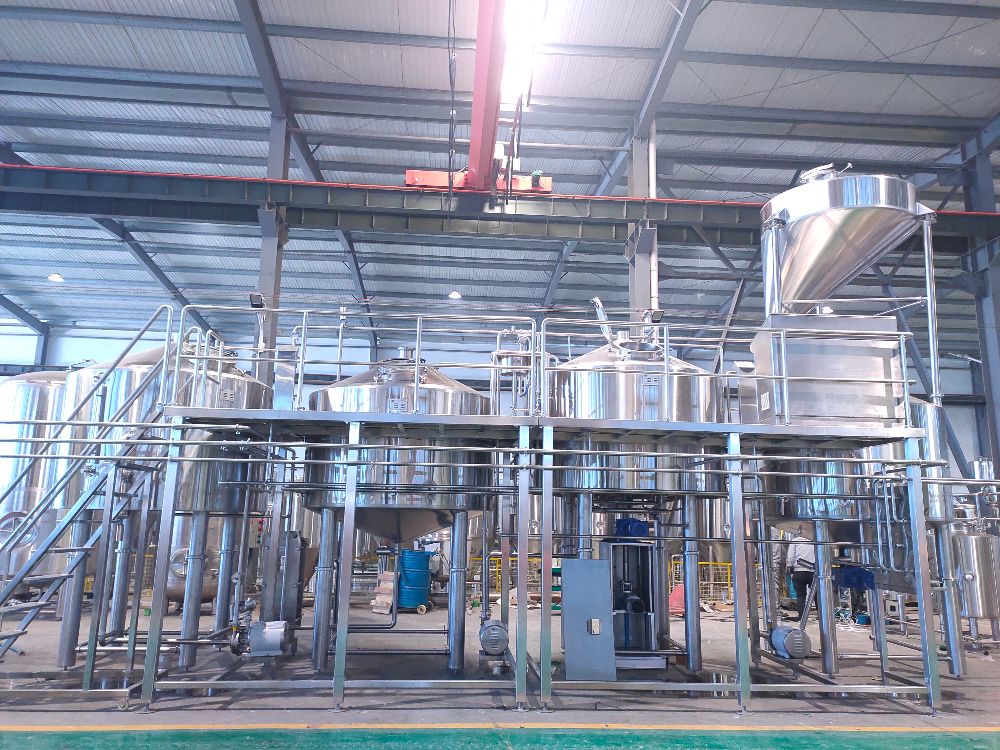WHAT IS STAINLESS STEEL PASSIVATION?(Part 2)
- Jan 14, 2022
- 184
- tiantai
Why passivate stainless steel?
Passivation is a post-fabrication best practice for newly-machined stainless steel parts and components. Benefits include:
Chemical film barrier against rust
Extended life of the product
Removal of contamination from product surface
Reduced need for maintenance.
How does passivation work?
Stainless steel is an iron-based alloy, typically composed of iron, nickel and chromium. Stainless steel derives its corrosion-resistant properties from the chromium content. Chromium, when exposed to oxygen (air), forms a thin film of chromium oxide that covers the stainless steel surface and protects the underlying iron from rusting. The purpose of passivation is to augment and optimize formation of the chromium oxide layer.
Immersion of stainless steel in an acid bath dissolves free iron from the surface while leaving the chromium intact. The acid chemically removes the free iron, leaving behind a uniform surface with a higher proportion of chromium than the underlying material.
Upon exposure to oxygen in the air after the acid bath, the stainless steel forms the chromic oxide layer over the next 24 to 48 hours. The higher proportion of chromium at the surface allows for the formation of a thicker, more protective chromium oxide layer. Removal of free iron from the surface removes opportunities for corrosion to start.
The resulting passive layer provides a chemically non-reactive surface that protects against rust.

When is passivation of stainless steel required?
Passivation is a post-fabrication process that is performed after grinding, welding, cutting and other machining operations that manipulate stainless steel. Under ideal conditions, stainless steel naturally resists corrosion, which might suggest that passivating would be unnecessary.
Under normal, realistic conditions, however, any of the following can inhibit the formation of the oxide film that protects against corrosion:
foreign material in a manufacturing environment (shop dirt, grinding swarf)
sulfides added to the stainless steel for improved machinability
particles of iron from cutting tools embedded in the surface of stainless steel parts.
Such contaminants must be removed down to the surface grain boundaries to restore a uniformly corrosion-resistant surface. The passivation process corrects these issues.
Derrick
Sales Manager
[email protected]
Tiantai Beer Equipment
Passivation is a post-fabrication best practice for newly-machined stainless steel parts and components. Benefits include:
Chemical film barrier against rust
Extended life of the product
Removal of contamination from product surface
Reduced need for maintenance.
How does passivation work?
Stainless steel is an iron-based alloy, typically composed of iron, nickel and chromium. Stainless steel derives its corrosion-resistant properties from the chromium content. Chromium, when exposed to oxygen (air), forms a thin film of chromium oxide that covers the stainless steel surface and protects the underlying iron from rusting. The purpose of passivation is to augment and optimize formation of the chromium oxide layer.
Immersion of stainless steel in an acid bath dissolves free iron from the surface while leaving the chromium intact. The acid chemically removes the free iron, leaving behind a uniform surface with a higher proportion of chromium than the underlying material.
Upon exposure to oxygen in the air after the acid bath, the stainless steel forms the chromic oxide layer over the next 24 to 48 hours. The higher proportion of chromium at the surface allows for the formation of a thicker, more protective chromium oxide layer. Removal of free iron from the surface removes opportunities for corrosion to start.
The resulting passive layer provides a chemically non-reactive surface that protects against rust.

When is passivation of stainless steel required?
Passivation is a post-fabrication process that is performed after grinding, welding, cutting and other machining operations that manipulate stainless steel. Under ideal conditions, stainless steel naturally resists corrosion, which might suggest that passivating would be unnecessary.
Under normal, realistic conditions, however, any of the following can inhibit the formation of the oxide film that protects against corrosion:
foreign material in a manufacturing environment (shop dirt, grinding swarf)
sulfides added to the stainless steel for improved machinability
particles of iron from cutting tools embedded in the surface of stainless steel parts.
Such contaminants must be removed down to the surface grain boundaries to restore a uniformly corrosion-resistant surface. The passivation process corrects these issues.
Derrick
Sales Manager
[email protected]
Tiantai Beer Equipment


.jpg)

